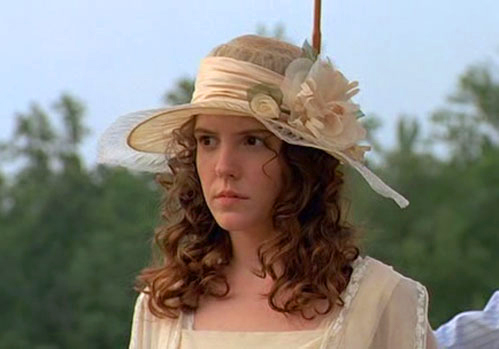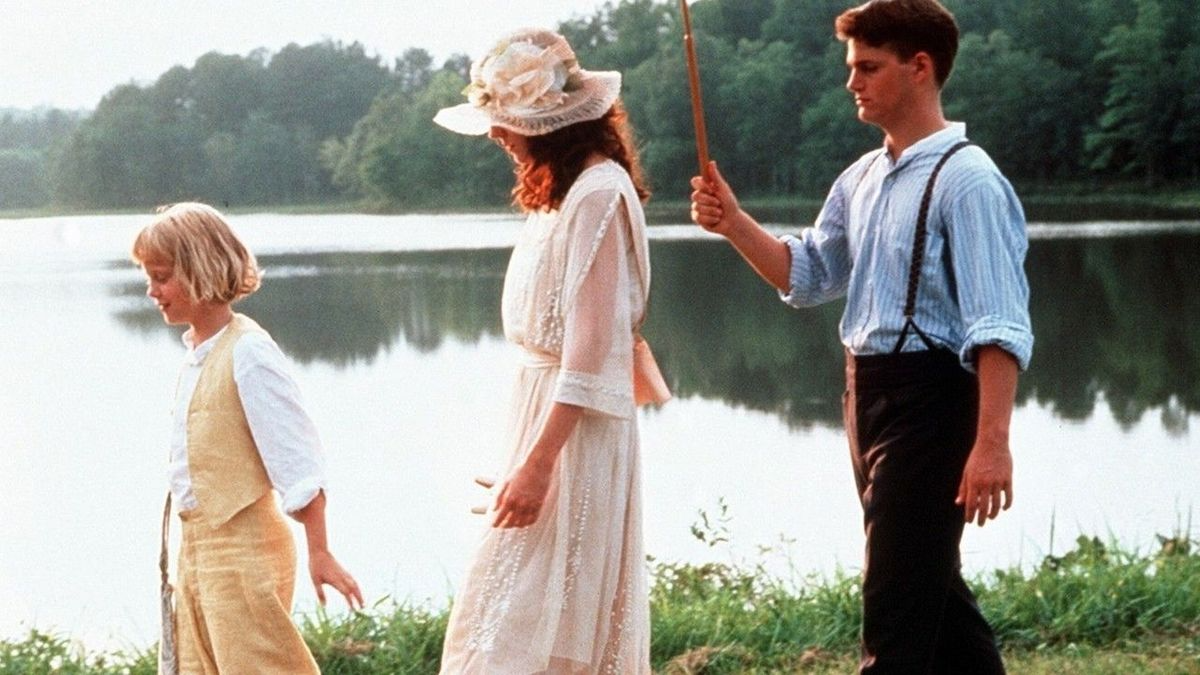
A Letter That Changes Everything
One of the most emotionally charged scenes in Fried Green Tomatoes is the moment Ruth writes a farewell letter to Idgie. It happens shortly after Ruth decides to leave Whistle Stop and return to her abusive husband, Frank Bennett. On the surface, the letter is a simple goodbye. But underneath, it is a complex expression of love, sacrifice, and quiet desperation.
Ruth knows that leaving is not what she wants—but she believes it’s what she must do. Her sense of duty, guilt, and fear outweigh her personal desires. In that moment, the letter becomes both a confession and a shield. It says goodbye while sparing Idgie the full weight of Ruth’s internal torment. Ruth is trying to protect Idgie—not only from Frank’s wrath, but from a future filled with scandal, hardship, and possible violence.
Love Between the Lines
Though the letter never explicitly states “I love you,” its meaning is unmistakable. Ruth’s words are restrained, respectful, and almost too polite. But in every line, there’s a painful undercurrent of longing. This isn’t just a farewell—it’s an emotional surrender. She’s walking away from the one person who truly sees and accepts her.
The tone of the letter mirrors the societal constraints of the time. Ruth cannot say what she truly feels—not on paper, and not openly. The love between Ruth and Idgie exists in a world where such relationships cannot be named. Yet through her careful phrasing and the gentle sorrow in her words, Ruth communicates volumes.
The Crushing Weight of Domestic Expectations

This scene is a painful reminder of how deeply ingrained gender roles and societal pressure dictate Ruth’s choices. She is a married woman, and despite her suffering, she feels bound to fulfill the role expected of her: a dutiful wife. Even as her heart belongs to Idgie, her body is claimed by Frank and by the institution of marriage.
Ruth’s departure reveals just how limited women’s options were in that era. Love, happiness, and personal freedom came second to appearances, duty, and patriarchal norms. The letter is not just Ruth’s message to Idgie—it is also her silent protest. It’s her way of saying, “I have no choice,” even though she does—but not without tremendous cost.
Idgie’s Heartbreak and Unspoken Response
When Idgie reads the letter, her reaction is telling. She doesn’t scream, cry, or throw things. Instead, she quietly absorbs the blow. Her pain is palpable but dignified. She knows Ruth well enough to read between the lines, to understand what Ruth cannot say aloud. And that knowledge makes the loss even sharper.
Idgie’s response is not to move on or give up. Instead, she takes action—traveling to rescue Ruth when things become unbearable. The letter sets in motion one of the most defining arcs in the film: Idgie’s decision to fight for Ruth, no matter what.
The Letter as a Symbol of Endurance and Connection
Later in the film, the memory of this letter takes on new meaning. Even though it marked a temporary separation, it also serves as proof of the depth of Ruth and Idgie’s connection. True love, especially the kind that must be hidden, often survives in fragments—in saved letters, shared memories, and whispered names.
Ruth’s letter stands as a symbol of both the injustice of their reality and the strength of their bond. It is a moment of quiet power. In a film filled with acts of bold rebellion, this simple act of writing becomes just as significant. It captures the emotional cost of being a woman in a world that doesn’t always value women’s voices—or their hearts.
A Turning Point for Both Women
Ultimately, the letter becomes more than a goodbye. It’s a turning point. For Ruth, it marks the moment she tries to reclaim control—even if through sacrifice. For Idgie, it is the moment she realizes the depths of Ruth’s entrapment and the urgency of her love. The letter becomes a bridge between the life they’re forced to live and the life they dream of having together.
